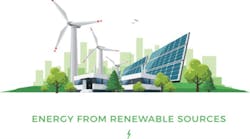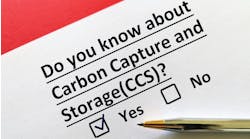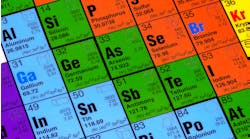A new interest in renewables for smart energy management
By Paul Wellener, Deloitte LLP vice chairman
Energy management is becoming a growing component of business strategy as industrial companies look more closely at their energy profiles to identify opportunities for cost reduction, decarbonization, and resilience. They are increasingly adopting energy-management technologies and considering onsite resources, such as renewable energy and energy storage.
As Deloitte’s latest report notes, three trends are converging in industrial businesses, creating an opportunity for greater grid interactivity of industrial assets:
- A broader move toward Industry 4.0, or digital transformation of manufacturing processes and products
- The electrification of industrial fleets, processes, and space heating and cooling in buildings in line with the broader energy transition taking place across the economy
- Energy management, which involves tracking and optimizing energy use to achieve goals, such as saving costs, reducing carbon emissions, and increasing resilience
In the Deloitte 2020 Resources Study, 48% of industrial respondents identified the desire to cut costs as the primary driver of their decision to implement energy management programs. Additionally, 56% of respondents expected electricity rates to increase up to 5% in the two years following February 2020. The wallet is speaking loudly for improving energy management.
Distributed energy resources (DER), such as onsite solar power, wind power, and battery storage, are increasingly finding their way into industrial environments and can help commercial and industrial businesses achieve their energy management goals of saving costs, reducing carbon emissions, and increasing resilience. They range from the combined heat and power systems many industrials have operated for decades, to more recent installations of onsite solar or wind energy systems, battery storage, microgrids, building-level nanogrids, or electric vehicle (EV) chargers.
Industrial companies can start by assessing their energy use through examining historical consumption, costs, emissions, and other data, and establishing a baseline from which to improve performance. Next, they can define their vision and mission and set targets.
Performing a cost-benefit analysis can help inform decisions about how to fund the program and could include exploring available incentives, market opportunities, and other options. Consulting an experienced energy-service provider may be helpful. When it comes to energy management, the time is ripe for industrial companies to get increasingly smart, connected and interactive.



